
History
The forgotten tracks of Liverpool’s Exchange Station
2 years ago
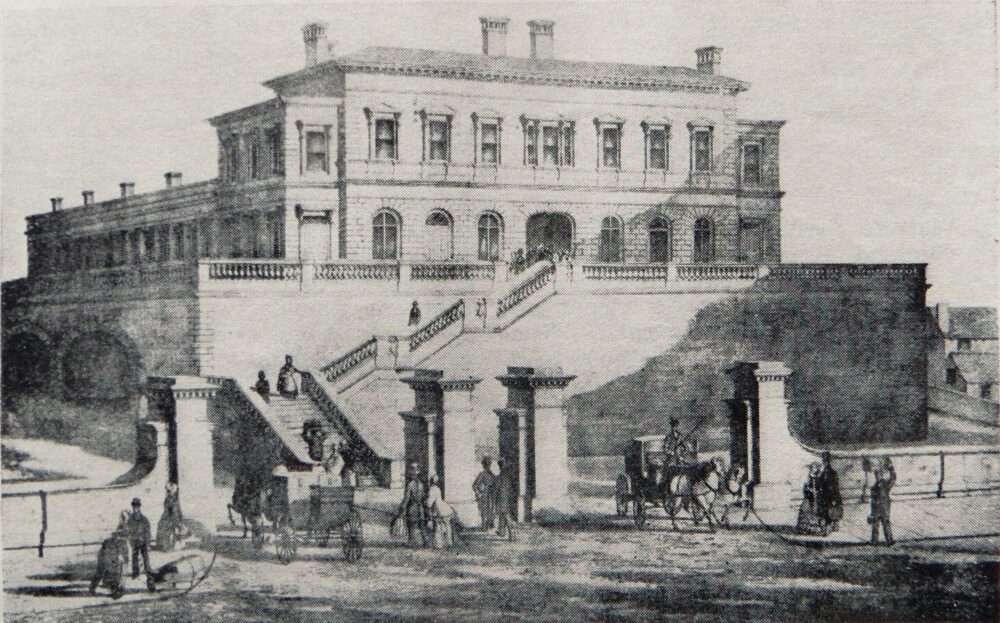
Nestled within Liverpool’s business district lies Exchange Station, a monumental building that was pivotal in the city’s evolution when it comes to transportation advancements, and architectural grandeur.
From its grand opening on the 13 May 1850 to its eventual closure in 1977, Exchange Station has left its mark on Liverpool’s landscape.
At its opening in 1850, Exchange Station emerged as a symbol of Liverpool’s rising prominence as a hub of commerce and connectivity.
Designed to facilitate rail travel between Liverpool and Manchester, it stood as a testament to the city’s aspirations and pivotal role in the Industrial Revolution.
The station’s grandeur and ornate Victorian architecture, crafted by architect John Cunningham, reflected the opulence of the era and became an iconic feature of the city’s skyline.
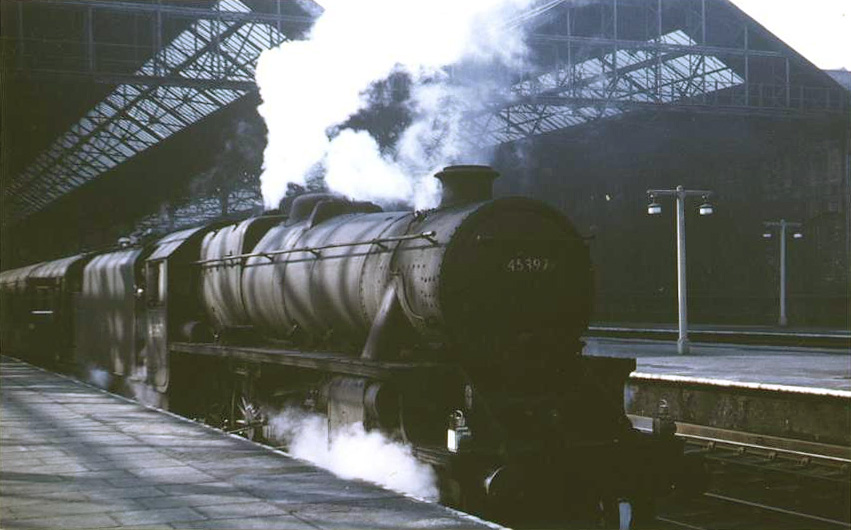
However, it was during the station’s reconstruction and expansion phase between 1886 and 1888 that Exchange Station truly blossomed into a sprawling transport hub.
Exchange Station’s significance extended beyond its architectural splendor.
It served as a bustling terminus for long-distance travel, fostering economic growth and facilitating the movement of goods and passengers across the region.
Yet, as the mid-20th century approached, changes in transportation trends led to a shift in Exchange Station’s role.
With the switch of long-distance services to Liverpool Lime Street in the 1960s, the station’s importance dwindled.
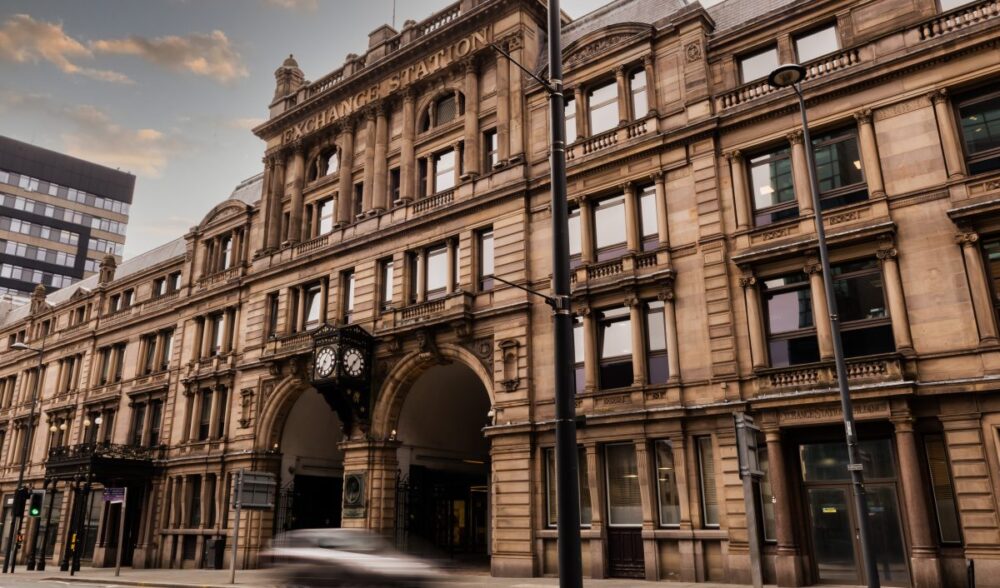
The creation of Moorfields underground station nearby hastened its decline, rendering the station redundant.
Ultimately, in 1977, Exchange Station ceased operations, marking the end of an era.
Despite its closure, its legacy endures. The once bustling terminus has transformed into a multi-use commercial space, repurposing its historic structure while preserving its architectural heritage.
The site stands as a poignant reminder of Liverpool’s transportation history, reflecting the city’s ability to adapt and revitalise its landmarks for contemporary purposes.
The station’s journey, from its grand opening to eventual closure, encapsulates the evolution of Liverpool—a city shaped by progress, resilience, and a deep-rooted connection to its past.
Its towering presence, although no longer a bustling railway terminus, remains a cherished piece of Liverpool’s history.



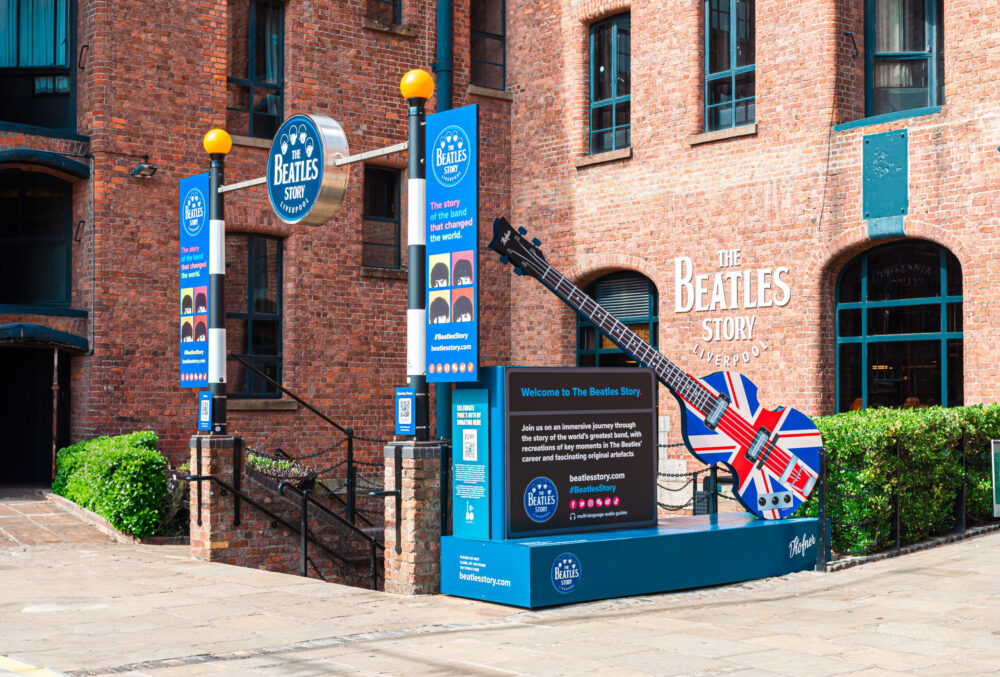
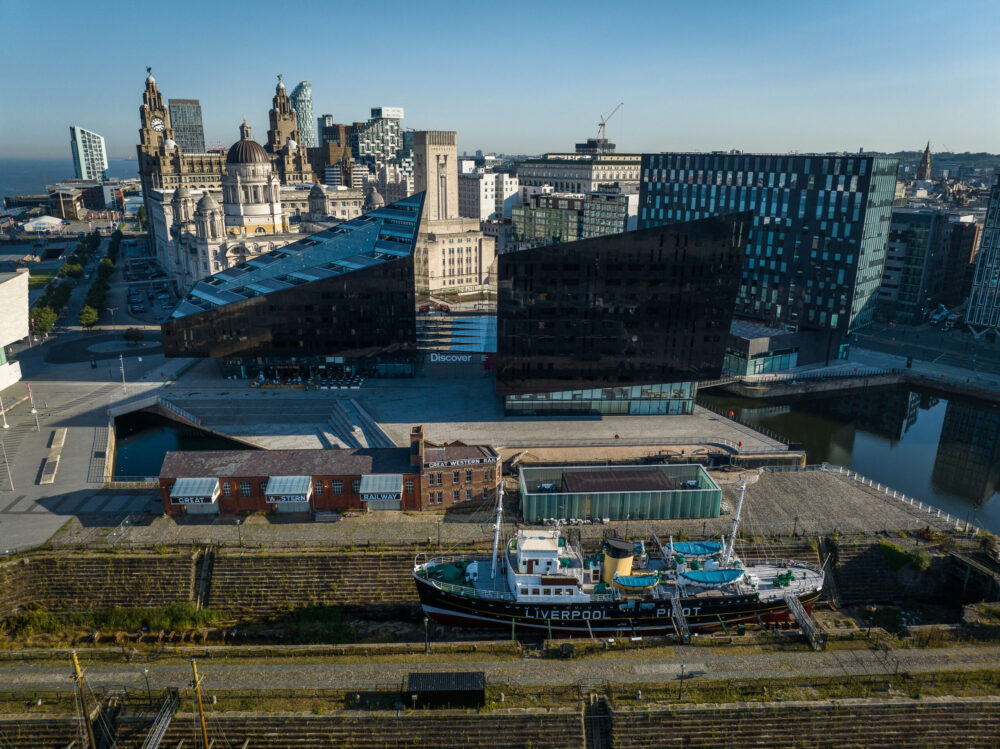

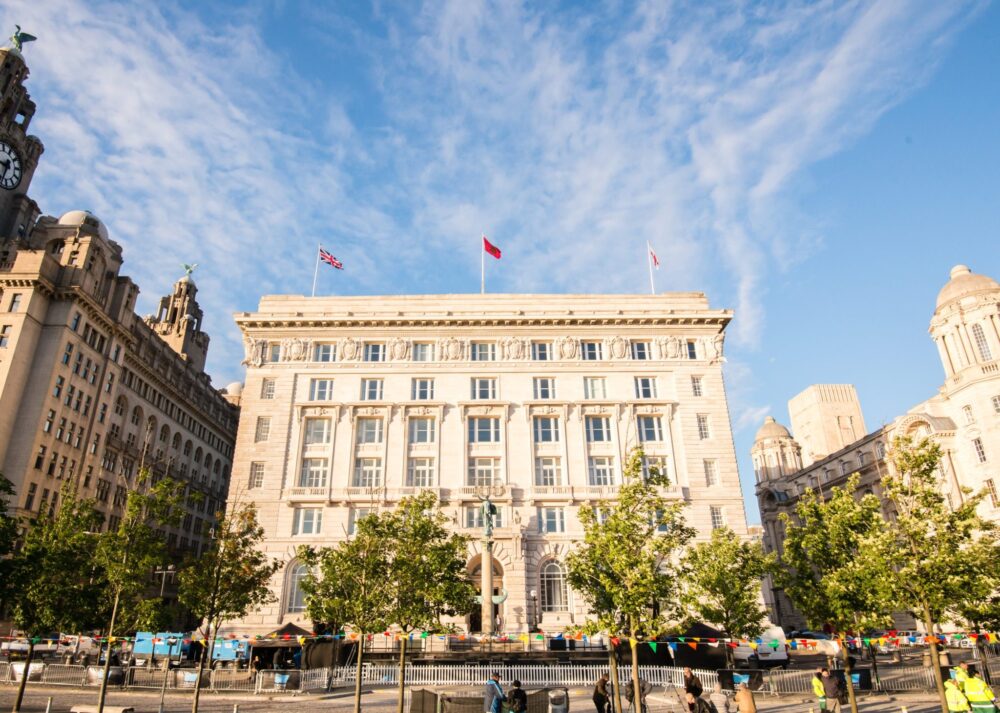


 Subscribe
Subscribe Follow Us
Follow Us Follow Us
Follow Us Follow Us
Follow Us Follow Us
Follow Us Follow Us
Follow Us











